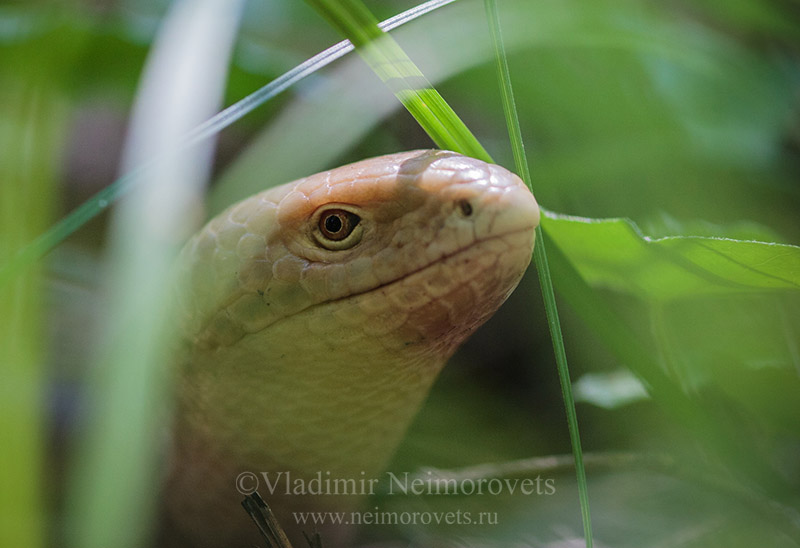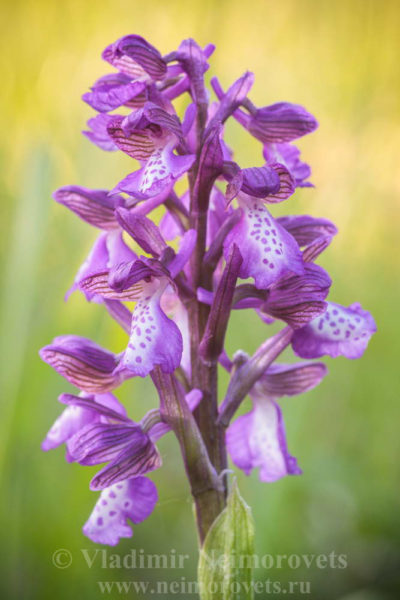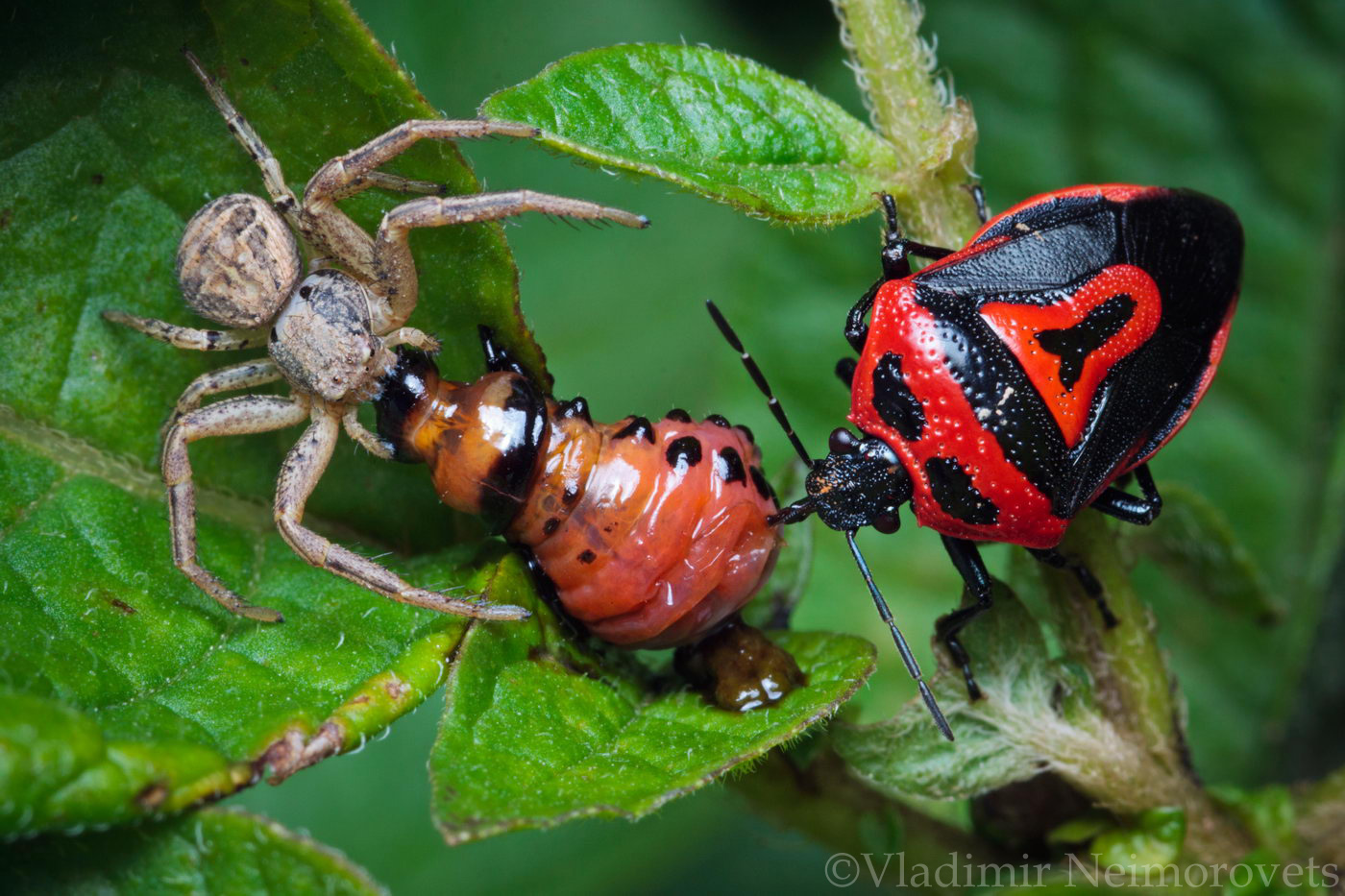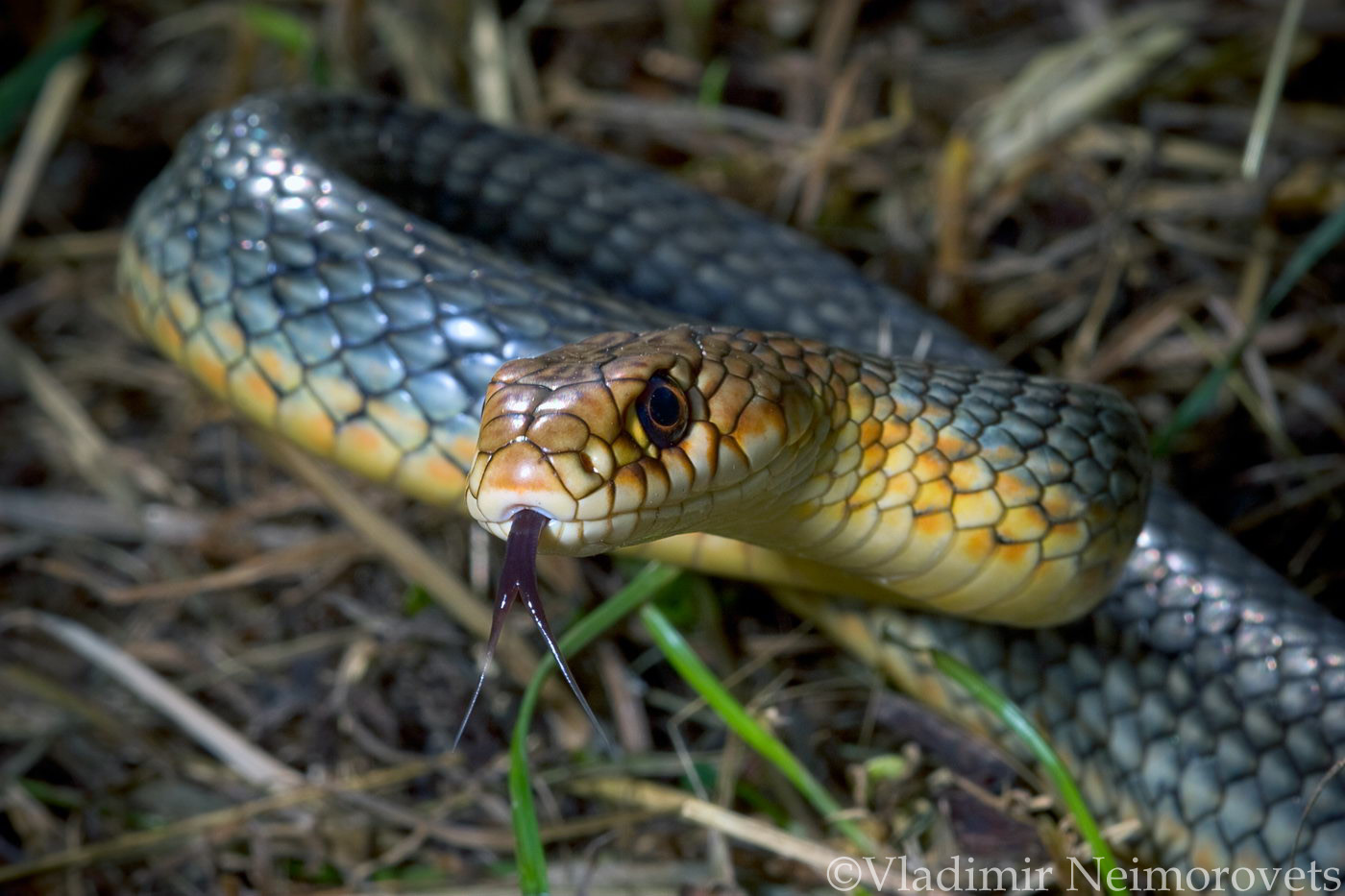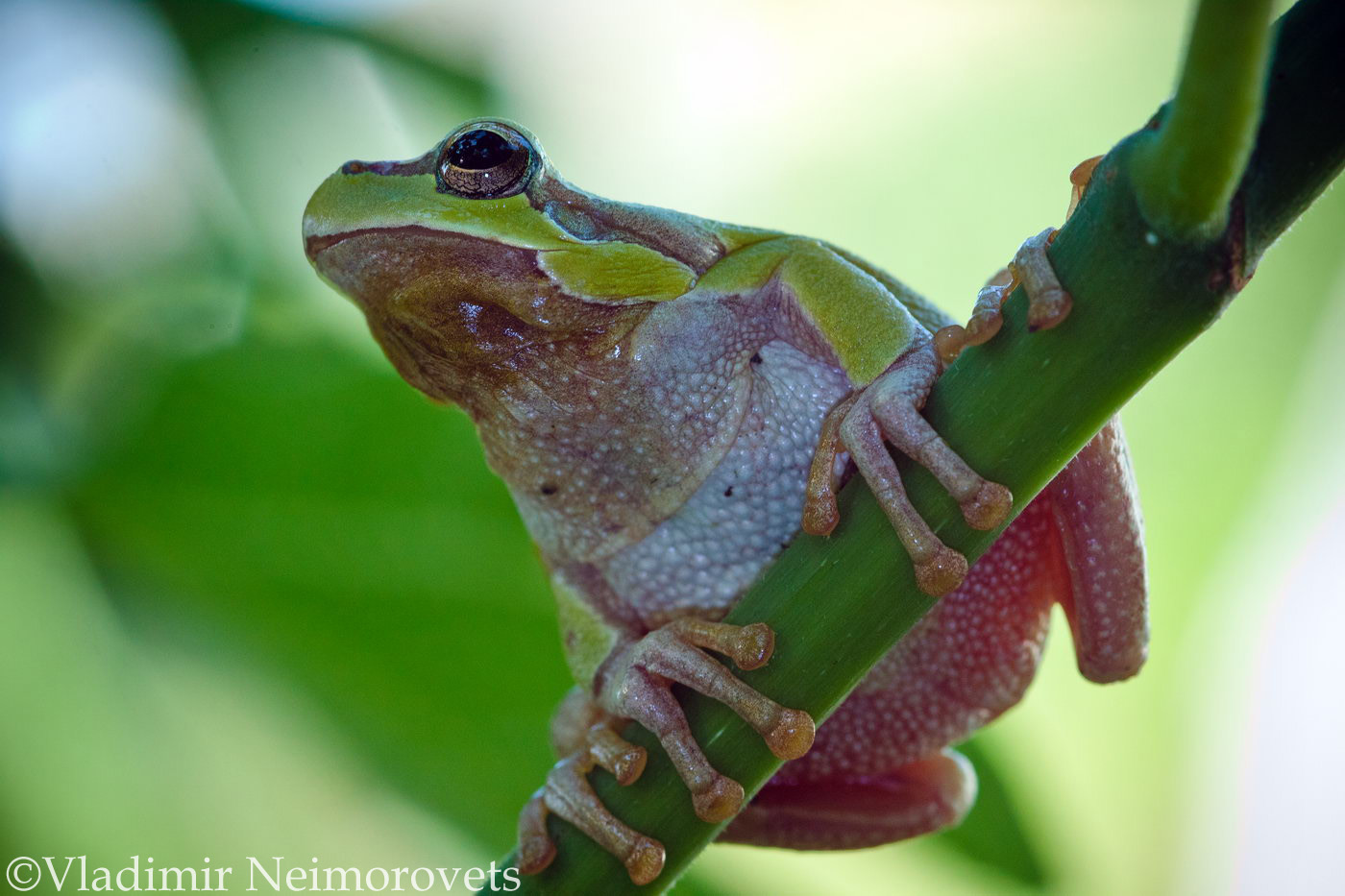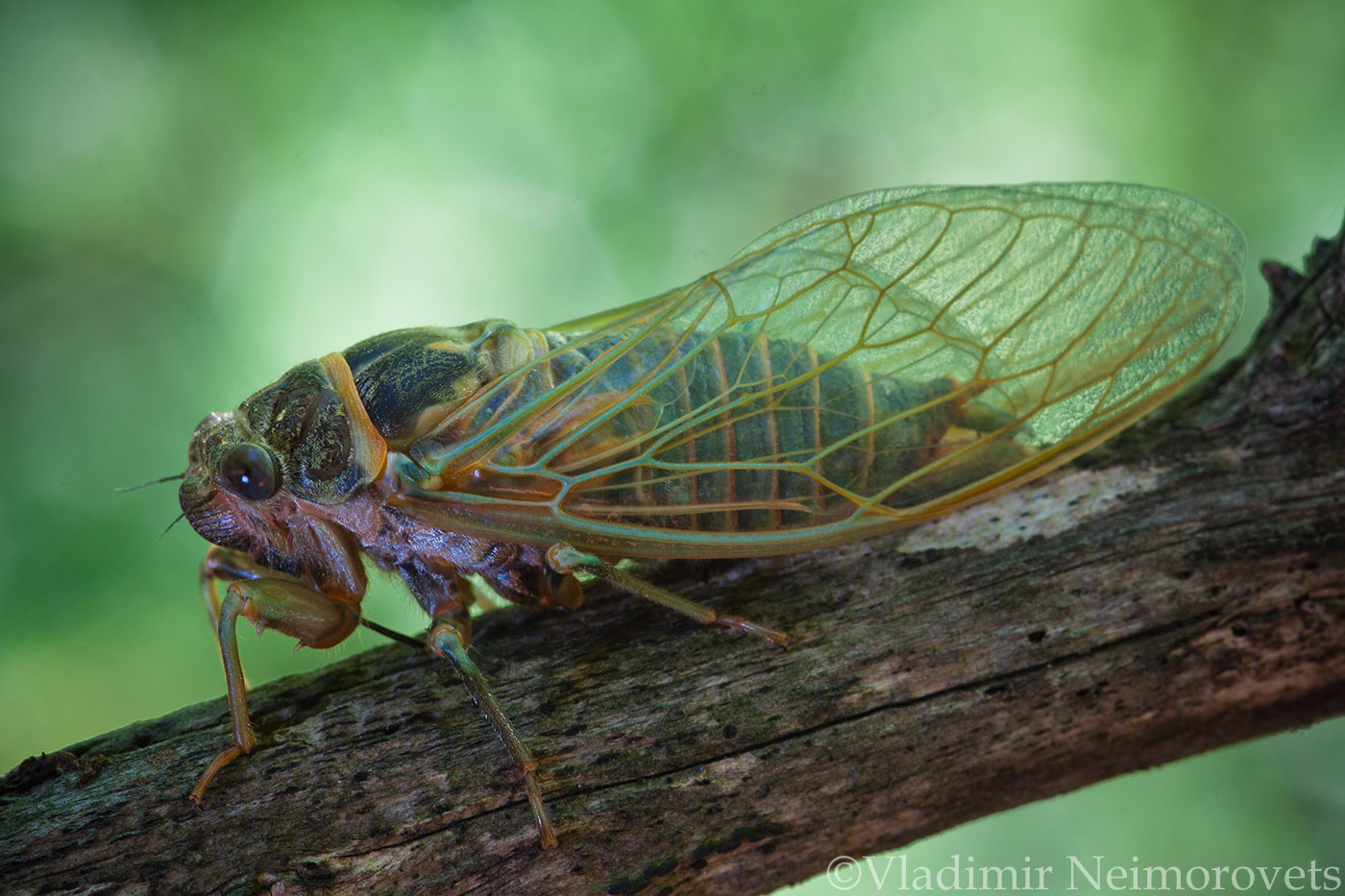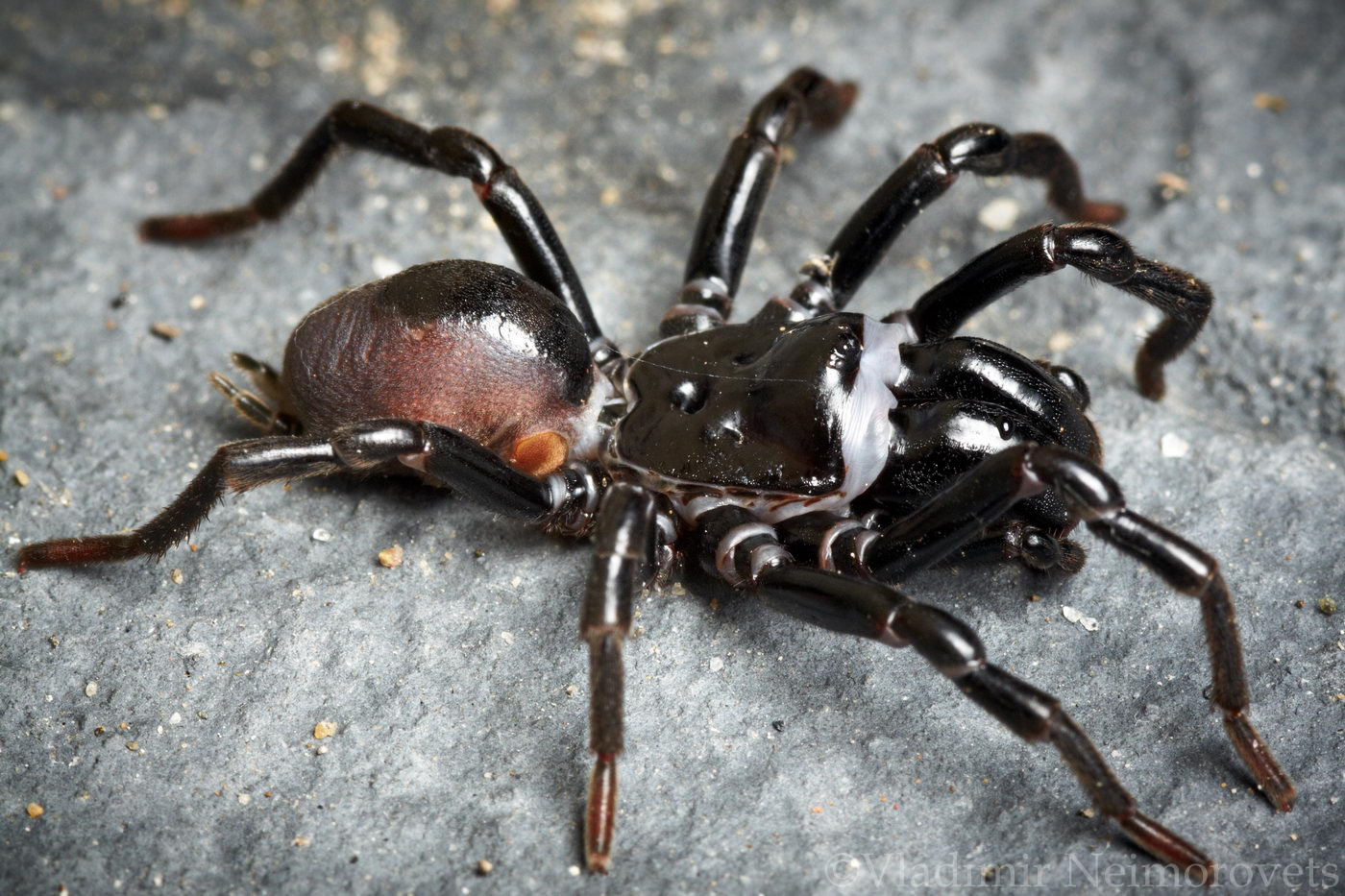This is the largest legless lizard. The body length often exceeds 1 m. The European legless lizard (also commonly called Pallas’ glass lizard) looks like a snake by its appearance. However, he is not as flexible as a snake. In the anterior part of the body, each side with a well-marked longitudinal furrow formed by […]
neimorovets
Anacamptis morio — the green-winged orchid
This species is listed in the Red Book of Russia, but in some localities it is still found in large numbers. At the April, these orchids massively bloom in some places in the Seversky district of the Krasnodar Territory. The congestions of flowering plants are well visible from afar, as they are not hidden by […]
Anacamptis morio
Russia, North-Western Caucasus, Krasnodar Territory, the green-winged orchid, Россия, Северо-Западный Кавказ, Краснодарский край, ятрышник раскрашенный, Anacamptis morio ssp. caucasica, Anacamptis morio, дремлик кавказский
Two versus one
It is known that carnivorous the two-spotted stink bug (Perillus bioculatus) feed mainly on the larvae and eggs of the Colorado beetle. Once, during observations of these bugs, I saw such a scene: one bug and one spider-boat Xysticus sp. attacked a larva of the Colorado potato beetle at a time. Both predators made enormous […]
Perillus bioculatus
Photos of Perillus bioculatus, in natural conditions, North-Western Caucasus, Krasnodar Territory, Фотографии клопа-периллюса, в естественных условиях, Северо-Западный Кавказ, Краснодарский край
The Caspian whipsnake
The Caspian whipsnake (Dolichophis caspius) is widespread in South and South-Eastern Europe. This is one of the largest snakes in Europe. In length it can reach 2 m. There are specimens found up to 2.5 m long. The Caspian whipsnake prefers dry habitats: forest edges with thickets of spiny bushes, stony slopes with sparse vegetation, […]
Metamorphosis of the European tree frog (Hyla arborea schelkownikowi)
This subspecies is widespread in the low-mountain forests of the North Caucasus. At the end of April the tree frogs begin to multiply. The female lays several portions of eggs. The gelatinous substance, to which all debris and dirt easily adheres, protects the developing embryos from any adverse effects. The eggs are white. Each oviposition […]
The common cicada – Lyristes plebejus
Working in the State Nature Reserve «Utrish» in early June 2013, I witnessed a mass emergence from the soil of nymphs of the common cicada (Lyristes plebejus). For several nights in a row, they crawled out from under my tent literally… Up to four years the nymphs live in the soil, where they […]
The purse web spider – Atypus muralis
One night, during the night photography, I found on the wall of my house an unknown spider. In the viewfinder, it seemed to me quite unlike other spiders. First of all, I was struck by huge chelicerae with long terminal segments. I surfed the Internet and found out that this is the male of the […]

